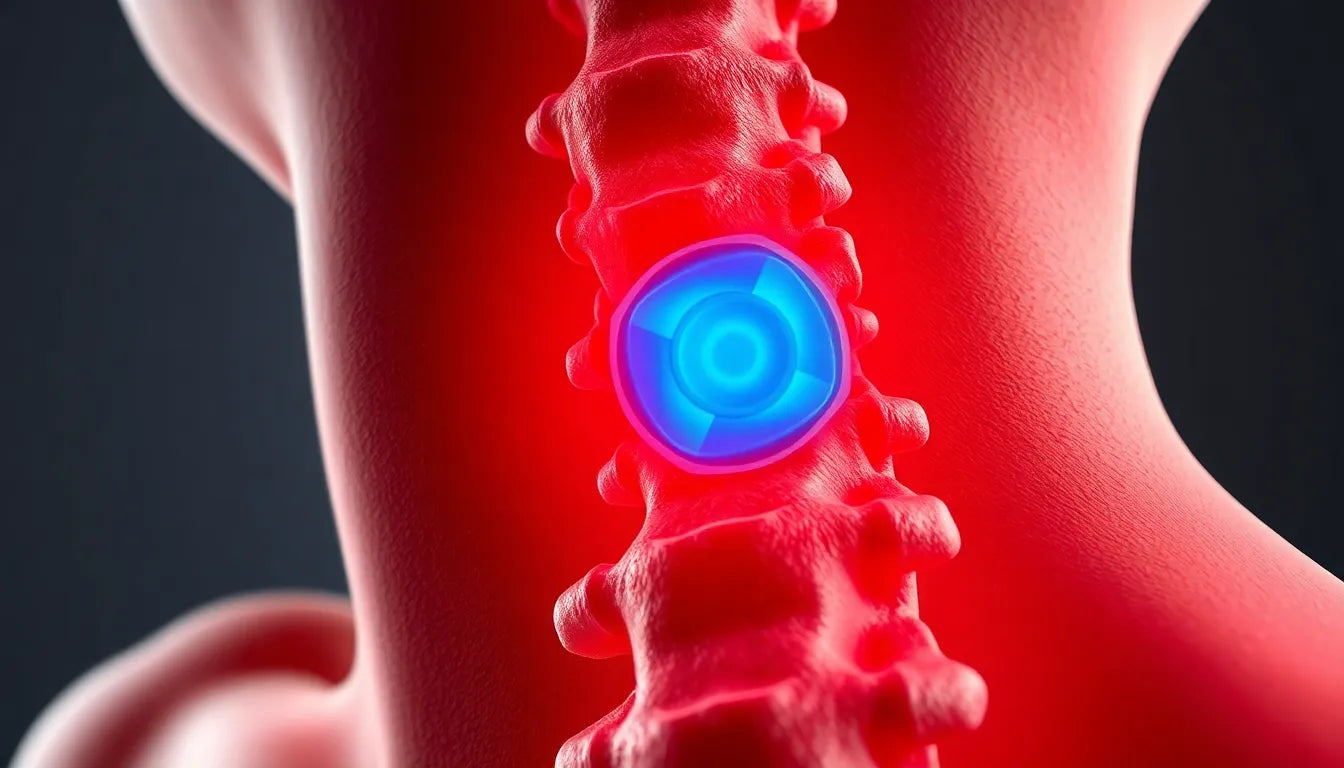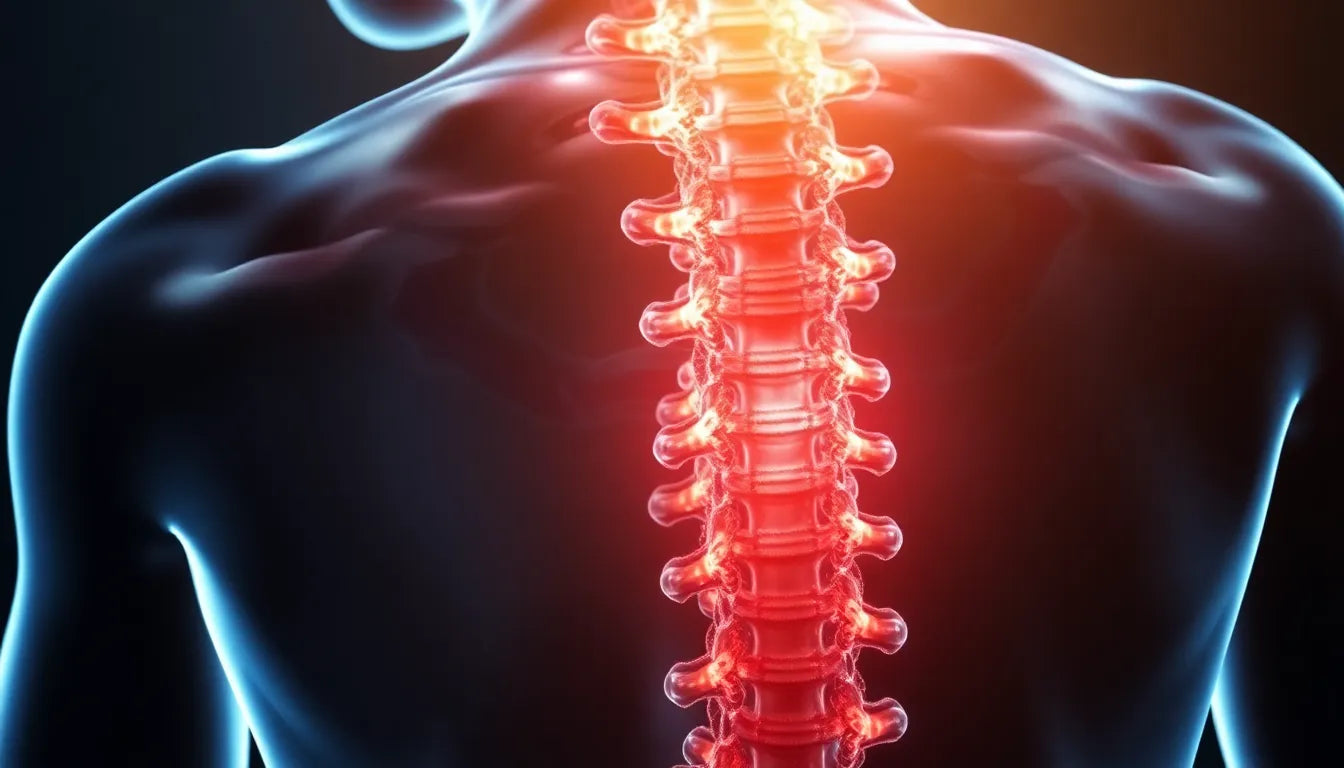Understanding when surgery is performed for a herniated disc in the lower back can be crucial for those experiencing persistent pain and discomfort. A herniated disc occurs when the soft inner gel of a spinal disc protrudes through a tear in the tougher outer layer, often affecting the lower back. This condition can lead to symptoms such as pain, numbness, or weakness that radiates from the lower back down through the legs, significantly impacting one's quality of life.
Understanding herniated discs
The spine is composed of vertebrae separated by intervertebral discs, which act as shock absorbers and allow for flexibility. When a disc herniates, it can press on nearby nerves, leading to the characteristic symptoms. These symptoms may vary in intensity and duration, with some individuals experiencing mild discomfort while others endure debilitating pain. Common signs include sharp pain in the lower back, tingling sensations, muscle weakness, and difficulty with mobility.
For many, the question arises: when should surgery be considered over conservative treatments? Conservative approaches, such as physical therapy, medications, and lifestyle modifications, are typically the first line of defense. However, when these methods fail to provide relief, or if severe neurological symptoms develop, surgery may become a necessary consideration.
The importance of informed decisions
Making an informed decision about whether to proceed with surgery is vital. Understanding all available treatment options and their potential outcomes can empower individuals to make choices that align with their personal health goals and lifestyle. Engaging in open discussions with healthcare providers is crucial in this process. These conversations should cover the benefits and risks of both surgical and non-surgical treatments, allowing patients to weigh their options carefully.
In these discussions, it's essential to consider how the herniated disc is affecting daily activities and overall quality of life. Persistent symptoms that interfere with work, hobbies, and personal relationships might indicate that surgical intervention could offer significant improvements. Additionally, the presence of severe symptoms, such as significant muscle weakness or loss of bowel or bladder control, may necessitate a more immediate surgical approach.
Ultimately, the decision to undergo surgery for a herniated disc in the lower back should be made collaboratively, taking into account the individual's specific circumstances, preferences, and the expert advice of healthcare professionals. By doing so, patients can navigate their treatment journey with confidence, ensuring that their choices are well-informed and aligned with their health objectives.
When is surgery considered for a herniated disc?
Deciding when to opt for surgery for a herniated disc in the lower back involves a careful evaluation of symptoms and the effectiveness of conservative treatments. Typically, surgery is considered when non-surgical approaches, such as physical therapy, medications, rest, and injections, fail to alleviate symptoms after a period of 6 weeks to 3 months. This timeframe allows for the natural healing process to occur while providing relief through less invasive means.
However, there are certain conditions where early surgical intervention becomes imperative. Severe neurological deficits, such as significant muscle weakness or loss of bowel or bladder control, require immediate attention. These symptoms can indicate conditions like cauda equina syndrome, where the compression of nerve roots in the lower back can lead to permanent damage if not addressed promptly. In such cases, surgery is often recommended to prevent further deterioration and to restore function.
Impact on quality of life
Persistent symptoms that significantly affect daily activities and quality of life may also necessitate surgical intervention. Individuals experiencing ongoing pain, numbness, or weakness that restricts their ability to work, engage in physical activities, or maintain personal relationships might find surgery to be a viable option. The decision to proceed with surgery in these cases often hinges on the degree to which symptoms impair one's lifestyle and overall well-being.
Optimal timing for surgery
The timing of surgery for a herniated disc is crucial in optimizing outcomes. Most guidelines recommend exhausting non-surgical options for at least 6–12 weeks before considering surgery, unless severe symptoms are present. Research suggests that early surgery, ideally within 14–22 weeks of unsuccessful conservative management, can lead to better long-term outcomes, particularly in terms of function and pain relief. Delaying surgery beyond 6 months does not statistically worsen outcomes, but prolonged pain duration before surgery can affect recovery and overall results.
Types of surgical procedures
Several surgical procedures are available for treating herniated discs in the lower back. The most common is a discectomy, often performed as a microdiscectomy, which involves the removal of the herniated portion of the disc to relieve pressure on the nerves. This minimally invasive procedure is favored for its effectiveness and shorter recovery time.
In some cases, additional procedures like laminectomy, which involves removing part of the vertebral bone, or spinal fusion, may be necessary depending on the specific condition. Emerging options such as artificial disc replacement are also available for select patients, offering an alternative to traditional fusion techniques.
Expected recovery and outcomes
The recovery process following surgery for a herniated disc varies by individual but generally involves a short hospital stay, often as an outpatient procedure or requiring 1–2 days of hospitalization. The success rate for lumbar discectomy ranges from 60–90%, with most patients experiencing significant relief from symptoms.
Post-surgical care is crucial in ensuring a successful recovery. Physical therapy plays a vital role in restoring strength and flexibility, while lifestyle adjustments, such as ergonomic aids and maintaining a healthy weight, can help prevent future issues. By adhering to a comprehensive post-surgery plan, patients can enhance their recovery and improve their overall quality of life.
Shared decision-making in herniated disc treatment
When considering surgery for a herniated disc in the lower back, shared decision-making between the patient and healthcare provider is crucial. This collaborative approach ensures that the treatment plan aligns with the patient's preferences, lifestyle, and overall health. A thorough discussion about the potential benefits and risks of surgical intervention, as well as alternative non-surgical treatments, can help patients make informed choices.
Factors such as the severity of symptoms, the impact on daily activities, and the patient's personal goals should be considered in the decision-making process. Patients who experience persistent pain or neurological symptoms that significantly affect their quality of life may find surgery to be a beneficial option. However, for those whose symptoms are manageable with conservative treatments, continuing with non-surgical approaches might be more appropriate.
Ultimately, the decision to proceed with surgery should be made after careful consideration of all available information and options. By working closely with healthcare providers, patients can ensure that their treatment plan is tailored to their unique needs and circumstances, leading to better outcomes and improved quality of life.
Frequently asked questions
What are the signs that surgery might be necessary?
Surgery for a herniated disc may be necessary if there is persistent pain, significant neurological symptoms, or if conservative treatments have failed to provide relief. Severe symptoms such as significant muscle weakness or loss of bowel or bladder control require immediate medical attention and may warrant early surgical intervention.
How long should conservative treatments be tried before considering surgery?
Conservative treatments should typically be tried for 6 weeks to 3 months before considering surgery. This allows time for the natural healing process and assessment of the effectiveness of non-surgical approaches. However, if severe symptoms are present, surgery may be considered sooner.
What are the risks and benefits of surgery for a herniated disc?
The benefits of surgery for a herniated disc include relief from pain, improved mobility, and enhanced quality of life. However, as with any surgical procedure, there are risks involved, such as infection, bleeding, or nerve damage. Discussing these risks and benefits with a healthcare provider can help patients make informed decisions.
Is recovery from surgery quick?
Recovery time varies by individual, but many patients experience a relatively quick recovery after surgery for a herniated disc. Most procedures are outpatient or require a short hospital stay, and patients often see significant improvement in symptoms within weeks of the surgery. Adhering to post-surgical care instructions can facilitate a smoother recovery process.
Can lifestyle changes help post-surgery?
Yes, lifestyle changes can significantly aid recovery and prevent future issues after surgery. Incorporating ergonomic aids, engaging in physical therapy, and maintaining a healthy weight are important steps. These measures can help strengthen the back, improve flexibility, and reduce the risk of further spinal problems.
Sources
- WebMD. "Herniated Disc: When Is Surgery Needed?"
- Mayo Clinic. "Herniated Disk: Diagnosis & Treatment."
- Shore Physicians Group. "Herniated Disc Treatment Options."
- HSS. "Microdiscectomy: What to Expect."
- Cleveland Clinic. "Discectomy: Overview and Recovery."
- JSS AME Groups. "Timing of Surgery for Herniated Disc: A Review of Evidence."
- Spine MD. "Understanding Herniated Disc and Conservative Healing."


















